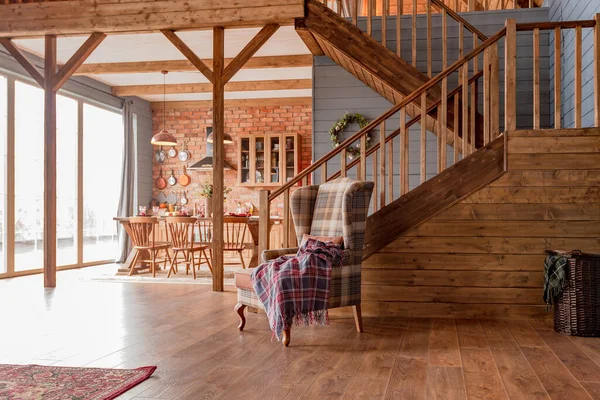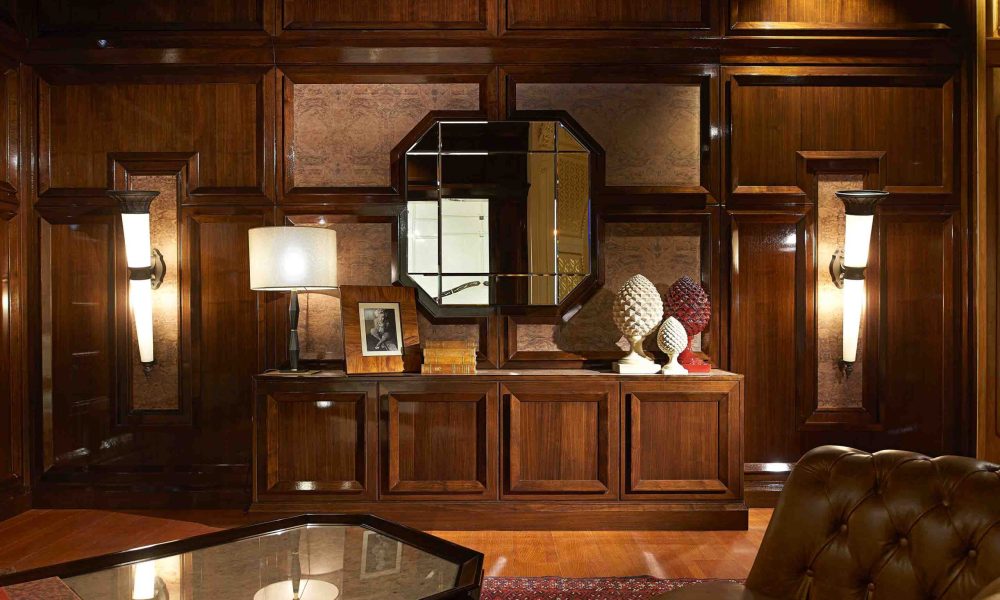Small hands find boundless inspiration in places filled with natural textures and hand-crafted forms. An environment built from renewable resources invites open-ended fun while sturdy furnishings stand the test of time. With patience and care, even the simplest surfaces reveal hidden puzzles and portals to peak curiosity. Through mindfulness in material and detail, we provide safe spaces that engage the whole child.
Innovative Shapes and Structures: Breaking Away from Traditional Designs
The Power of Curves: Enhancing Creativity in Learning Spaces
In early childhood environments, how spaces are arranged and what they contain holds tremendous importance, as it directly affects how children interact with their world and each other. Introducing curved elements into furniture design can revolutionize the creation of lively, inviting atmospheres. Unlike standard angular designs that produce rigid, structured areas, curves promote flowing movement and accessibility. They motivate exploration, social interaction, and activity among children, integral parts of the learning process.
Research indicates that kids respond positively to areas permitting solitary play and group work, enhancing collaborative skills and communication. The nonlinear routes generated by contoured furnishings can spark a sense of adventure, compelling children to actively engage their surroundings. Furthermore, the soft edges of rounded shapes provide a feeling of protection, decreasing fear of injury during imaginative play. This comfort is critical in early learning settings, where children naturally want to discover and often investigate vigorously.
Crafting a landscape of smooth, adaptive forms can transform regular classrooms into vibrant learning ecosystems, fostering emotional health and imaginative thinking in young minds.
Modular Magic: Furnishings that Adapt to Evolving Educational Needs
In today’s rapidly developing educational world, versatility and adaptability are key components of effective learning environments. Modular furniture, which can be conveniently reconfigured, allows educators to swiftly tailor spaces to match changing pedagogical methods, whether for group work, solitary tasks, or quiet reflection.
The magic of modular designs lies in their flexibility; they can be reorganized, scaled up or down, or even reinvented to accommodate curriculum transformations or classroom layout arrangements. This dynamic learning environment not only optimizes square footage but also empowers young scholars to engage in self-directed discovery. A student can rearrange their workstation to match their preferred style of absorption, whether solo studying in a quiet nook or collaborating with peers on collective projects.
Educators too can leverage modular configurations to cultivate ideal study environments—allocating areas for solo tasks, team building, or sensory stimulation. This intentional design contributes to a rich tapestry of teaching and learning, making modular accommodations integral for progressive classrooms focused on malleable, comprehensive education.
Connecting to Nature: Biophilic Layouts that Motivate Junior Minds

With mounting research emphasizing the advantages of greenery in academic settings, biophilic design principles have become fundamental in early learning spaces. By integrating organic elements—like wood, flora, and flowing silhouettes—into furnishings, instructors can generate nurturing areas that enhance wellness and foster a bond amongst children and their surroundings.
Biophilic designs aid in instilling appreciation for nature and comprehension of environmental systems in younger learners while offering a multi-sensory experience that boosts focus and decreases anxiety. Opting for accoutrements crafted from sustainably sourced and naturally finished lumber lends to a rustic yet refined aesthetic that sparks creativity and imagination. Incorporating elements like indoor houseplants or nature-themed displays reinforces the importance of environmental stewardship while also providing a calming backdrop.
Moreover, blending indoor and outdoor studying by developing transitional areas—like veranda workspaces or window box gardens—can further assist experiential education. Children thrive in settings that respect nature and can often think more abstractly when they feel linked to the world around them.
The Science of Hue: How Shades Influence Learning and Conduct
Color psychology holds profound implications for interior design in learning environments. Hues influence emotion, behavior, and a child’s academic progress in meaningful ways. Warm tones like crimson and amber generate energy and creativity, whereas cooler shades like azure and emerald foster calm and concentration. With knowledge of these impacts, spaces can be deliberately planned to elicit optimal responses and meet pedagogical objectives.
Spaces aimed at lively learning may benefit from bright, stimulating colors, while restful zones for reflection could employ soft, subdued hues. Enlightening kids about how colors make them feel cultivates emotional awareness and self-expression. Tailoring design based on psychological research nurtures growth in various domains through a purposeful backdrop.
Eco-Friendly Materials: Sustainable Choices for Future-Ready Learning
Exploring Reused and Maintainable Alternatives
The developing conscience surrounding environmental sustainability has led to a substantial change in how educators approach the materials used in early learning environments. As a renewable resource, wood offers endless opportunities, but the challenge is sourcing it responsibly. Reused wood represents a chance to reuse materials, decreasing waste and environmental effect while serving as a conversation starter about sustainability with youthful learners.
Further, learning environments should seek wood materials sourced sustainably through means like the Forest Stewardship Council’s certification. This commitment guarantees that the selected materials are pleasing to experience and work effectively without depleting natural assets. Adopting eco-friendly choices cultivates a sense of responsibility and awareness in young pupils, motivating them to embrace sustainable conduct throughout their lifetimes.
Finishing Details Matter: Non-Toxic Options for a Safe Learning Atmosphere
The safety of children in educational environments goes beyond just choosing appropriate materials; it also covers the final coatings applied to furnishings. Non-toxic paints, varnishes, and sealants are essential to ensure surfaces are safe for kids to interact with, notably as they learn through sight, taste, and occasionally inadvertent contact.
Opting for final layers free of harmful chemicals is a conscientious choice that advances health and comfort in places where children invest a significant amount of their formative years. Moreover, incorporating finishings with natural attributes like antimicrobial or mildew-resistant aspects can further shield kids against prevalent risks, rendering environments not just attractive but also more sanitary.
Recycling in Education: Ingenious Ways to Revitalize Old Furnishings
The trend of recycling is making waves in instructional facilities, presenting an inventive avenue to extend the lifespan of furnishings while decreasing environmental impacts. By granting old furnishings a new lease on life through pioneering redesigns or refurbishments, schools can save on expenses and advocate for sustainable practices while engaging students in projects that inspire creativity and collaboration.
Dual-Purpose Designs: Maximizing Space while Cultivating Creativity
In early learning environments, especially those with confined quarters, multi-functional furnishings provide necessary amenities without restricting imagination and involvement. Items like benches converting to bins or tables doubling as work areas and gameboards maximize confined areas while promoting imaginative role-play. Not only does this sensible utilization of limited resources educate young minds about resourcefulness, flexibility, and the value of versatility, but it also invites educators to think beyond standard practices, actively engaging children in shaping their domain.
The Role of Textures: Engaging the Senses with Hands-On Experiences
Texture is an undervalued factor in furniture style, playing a pivotal part in sensory development. Including an assortment of textures invites children to explore through feeling, enhancing their sensory processing abilities and encouraging involvement. From smooth surfaces to soft fabrics and rough components, providing diverse tactile experiences enriches children’s interactions with their furniture, allowing for immersive play and hands-on learning.
Wood design ideas for early learning furniture can make a significant impact on shaping the sensory experiences of young learners. By integrating thoughtful designs, sustainable materials, and engaging textures, educators and designers can create inspiring spaces that nurture curiosity, creativity, and cognitive growth in children.






